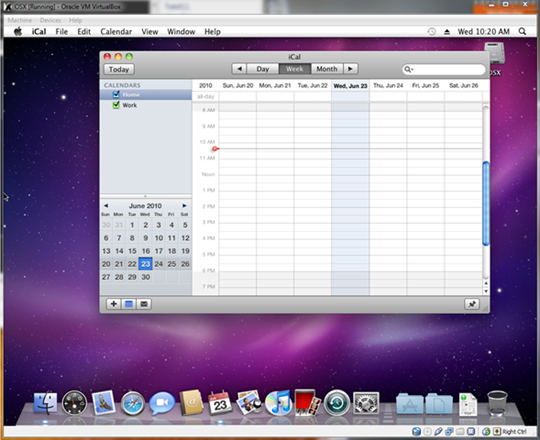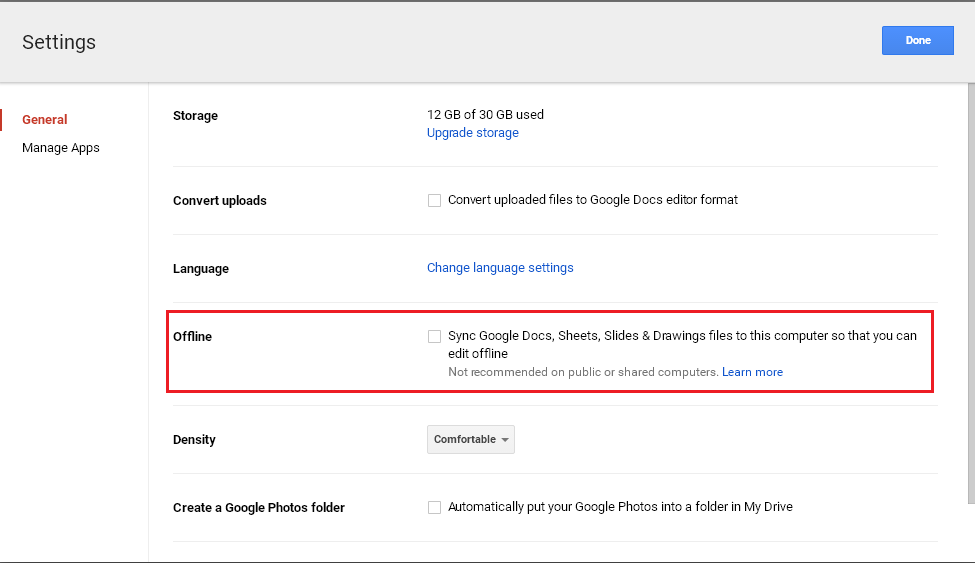I Installed Windows Xp On Virtualbox For Mac
VirtualBox is an ultimate emulator, capable to emulate any operational system in virtual mode and any software, which is runnable on that specific OS. In VirtualBox you receive all the standard working features, that are applicable to the environment, including shared folders, USB-handlers, drag-n-drop mechanism, network connection with the external network card and virtual hardware, the ability to copy file objects from host to guest OS and vice versa, etc. VirtualBox supports almost any contemporary systems, including FreeBSD, Solaris, Linux, Windows and, of course, Mac OS. In this article I’m going to describe, how to install Windows on Mac OS using VirtualBox.On the first iteration you will have to download the VirtualBox distributive from the official web-site applicable to the Mac OS environment, and install it onto the hard drive. In order to do this, you will to switch to the “Downloads” page and select an archive, appropriate for the Mac OS system. When the installation archive is downloaded, run it.In order to start the setting up process of VirtualBox virtual machine on Mac OS, open VirtualBox app and click the New button, so that the new virtual machine is created.From now the VM wizard starts, which will accompany you through all the stages of virtual machine generation.
Mar 13, 2014 8. Now, let’s visit the Intel Download Center to grab the Final Release of the Intel PROSet Ethernet driver for Windows XP. Once the download finishes, return to Virtualbox and choose Shared folder settings from the Devices menu. We need to create a new Shared folder and browse to the path of the Ethernet driver you just downloaded to your Host machine. I tried to install a fresh version however as verification for authentication (either by phone or online) is no longer available by Microsoft, all new copies no longer.
The wizard will ask you to input the name of the VM instance, disk size, memory size and OS type.On the first stage you will be asked for the name of virtual machine and OS type. The name can be absolutely random, think over something bright and special. As far as we are going to emulate Windows OS in our virtual environment, in the “Operating system” field choose “Microsoft Windows” value. The version is specified depending on your desire and preferences.
In my case I choose Windows 7 version, you specify the one, which you need.On the next stage the wizard prompts you to specify the amount of RAM, dedicated for the emulated VM. As this space will be used exceptionally on the virtual environment purposes, leave this value set by default.If you still have not created a virtual disk for emulated system, the wizard will suggest you to create one. In order to do this, click the New button. After that you will have define, whether you require a fixed or dynamic type of disk, its name and size. For each of these options a specific form is designed, so all the operations are performed sequentially, step-by-step.Proceed with the wizard instructions further and at last the new virtual machine would be created. Now the time has come to pick the Windows OS CD/DVD and to configure it in the system.
On the start, choose Settings option.In the Storage category switch to the CD/DVD-ROM tab. If you have a physical CD/DVD disk and an optical device for reading the data from it, choose the Host CD/DVD Drive in the Mount CD/DVD Drive section and click the OK button. If you possess the ISO-file with virtual image of the OS, select the ISO Image File option instead.After the settings of the optical disk are completed, click on the new virtual machine pictogram in order to initialize the virtual machine and the Windows installation process. The routine of Windows installation does not differ from ordinary setting procedure on your PC. Follow the displayed instructions and soon the Windows OS will be installed.Basically, the interface of VirtualBox on Mac OS is similar to the Windows design, the difference is based on Aqua graphical theme only, which is applicable to all the Mac OS program tools. Try setting up VirtualBox on Mac OS and you won’t be frustrated, that’s for sure.
Introduction: Windows XP and PicoScope Installation on a Mac With VirtualBox
Some programs are Windows-only, like the driver and oscilloscope program for the PicoScope USB devices. But you can use it on a Mac with the free program VirtualBox. This step by step tutorial shows you how to install Windows in VirtualBox on a Mac and how to install the PicoScope drivers and software.
Prerequisites:
- a Mac with Mac OS X 10.6 or later
- 20 GB free harddisk space
- a Windows XP installation CD
- a PicoScope (optional, you can use Windows also for other tasks)
In Germany it is legal to sell OEM versions of software, so you can get Windows XP OEM CDs for less than 30 EUR from Amazon or eBay. But maybe you know someone who has updated to Windows 7, then you can get it for free.
Teacher Notes
Teachers! Did you use this instructable in your classroom?
Add a Teacher Note to share how you incorporated it into your lesson.
Step 1: VirtualBox and Windows Installation
VirtualBox and Windows installation
First install VirtualBox from https://www.virtualbox.org/wiki/Downloads . This tutorial was tested with version 4.1.8. Start VirtualBox and click 'New' to create a new virtual machine:
The default setup works for many applications, use a bigger harddisk, if you want to install more programs or more RAM, if your Mac has enough. I created it with 192 MB RAM and a 10 GB harddisk (after installing Windows and all updates, the disc needed about 4 GB) :
Insert the Windows installation CD and click 'Start'. You should see something like this after booting:
Press 'Enter', choose the default for everything: NTFS file system etc. and press F8, if you agree with the license. Then the installation starts:
It needs some time:
Choose a use name:
and a computer name (the VM will be visible in the local network with this name, if you configure the network as bridged and not as NAT) :
Enable automatic updates and just use the default for all other questions:
Network configuration is automatic:
But you don't need to register, if you don't want:
Now Windows is installed:
Install a free virus scanner like http://free.avg.com, if you want to make your computer a bit more safe.
After this you need to restart it some times with Start->Turn Off Computer->Restart, until all updates are installed:

Some updates can be installed only after other updates are installed, needed 3 restarts for my installation. If you don't have Service Pack 3 (SP3), you might need more restarts.
Step 2: Guest Additions
Guest Additions
Now you can install the Guest Additions. This installs special graphics drivers and other drivers in the guest systems, which makes it easier to use it, e.g. you can scale the VM Ware window and the resolution of the Windows system will be adjusted automaticly. Click the 'Install Guest Additions..' menu item:
In the Windows VM a popup appears:
Click 'Install' and 'Next' etc. There will be messages like this:
Click 'Continue Anyway'. Finally you need to restart Windows.
Step 3: Cloning
Cloning
Now you have a barebone Windows XP installation with most updates installed, but not activated. You can clone this, if you want to use this as a base for other VM installations with different licence keys. Skip this step, if you need just one installation.
Check 'Reinitialize the MAC address of all network cards', if you want to run more than one VM in the same network, because you get network problems, if there is more than one system running with the same MAC:
This needs some time:
Step 4: Windows Activation
Windows Activation
When you start Windows, there will appear a key ring in the task bar after some minutes after Windows start. Click it to activate your Windows installation:

Click it and activate Windows:
No, you don't need to register, if you don't want:
After entering the product code, the activation is done:
Without activation, you can't legally use Windows after the 30 days trial period. After activation, the Windows Genuine Advantage check works, too.
Step 5: PicoScope Installation
PicoScope installation
If you want to access files on your Mac from within Windows, you need to create a shared folder. Click the 'Shared Folders..' menu in VirtualBox:
Then add one with the green plus at the right side:
From Windows you can access the shared folder from the Explorer. You can start the file Explorer with the right Command Key + 'E' (or start->run and enter 'explorer' followed by Enter). The shared folder is in 'My Network Places':
First don't connect your PicoScope to your Mac. Download the latest PicoScope software from http://www.picotech.com/picoscope-oscilloscope-software.html and start it from your shared folder (or load it from within the VM with a browser) :
Click 'run', 'next' etc. and accept all.
After installation, connect your PicoScope to the USB port of your Mac. Click on the USB cable symbol in the status bar of the Virtual Box window and you'll see somthing like this (depends on the USB devices connected to your Mac) :
Select 'Unknown device 0CE9:1001' (this is your PicoScope, might be different if you don't have a PicoScope 3206). Then Windows shows something like this:
and a 'Hardware Wizard' window. Select 'No, not this time', because at least for me the automatic installation didn't worked:
Select the 'Advanced' option:
and then uncheck 'Search removable media' and check 'Include this location in the search'. Click 'Browse' and browse to the directory 'C:Program FilesPic TechnologyPicoScope6system'. Click Next:
There will be again a message about destabilizing drivers, which you should confirm, then it is installed:
Now the USB device is known and you have to check it again from the USB menu at the bottom status bar (and you might need to restart Windows) :
And finally you can use the PicoScope software in Windows on your Mac:
If you want to install it on another Mac, you can select File->Export Appliance, which creates an ova-file. This can be imported on another Mac, but you have to delete it on the original Mac, because Microsoft doesn't allow to use the same licence for more than one installation.
Be the First to Share
Recommendations
Arduino Contest 2020
First Time Author Contest
Space Challenge
